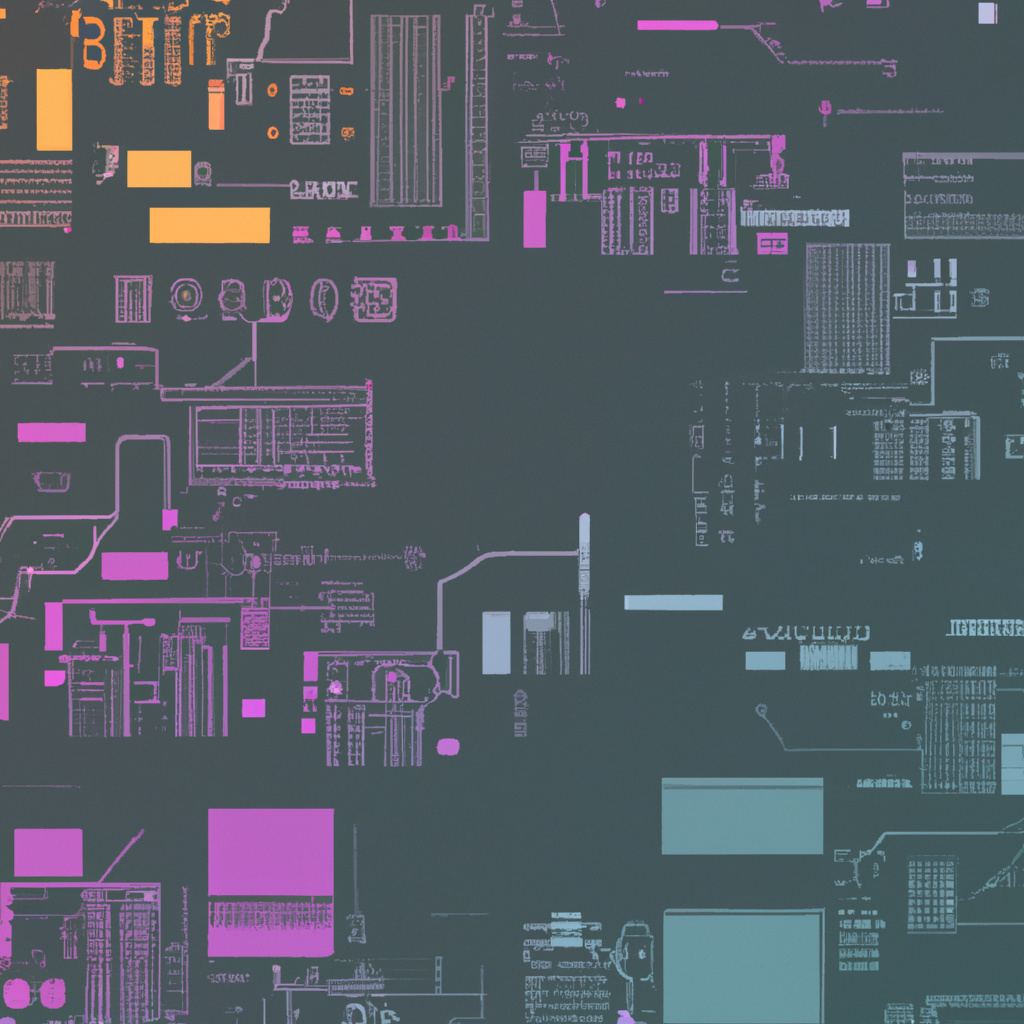Labs
Continuous Delivery
Continuous Delivery is a software development approach that enables businesses to deliver software updates quickly and efficiently.

In this article, we will explore the concept of continuous delivery and how it can help businesses streamline their software development process for faster and more reliable releases.
Where did Continuous Delivery come from?
Continuous Delivery is a software development practice that allows teams to deliver new features and improvements to users rapidly and consistently. It emerged as a response to the challenges faced by traditional software development methods, which often resulted in long release cycles, low quality, and a lack of customer feedback. Continuous Delivery emphasizes automation and collaboration between development, testing, and operations teams to enable frequent releases of small changes while ensuring stability and reliability. This approach has gained popularity in recent years due to its ability to support agile methodologies and foster innovation in the software industry.
What are the key concepts?
Some of the key concepts involved in Continuous Delivery include:
- Continuous Delivery is a software development approach where code changes are automatically built, tested, and deployed to production environments.
- It aims to reduce the time between writing a code change and making it available to users by automating the release process.
- The process relies on automation tools that enable teams to consistently deliver software in a fast and reliable manner.
- Continuous Delivery promotes smaller, frequent code releases, which helps minimize the risk of introducing errors or bugs into production environments.
- By adopting Continuous Delivery practices, organizations can improve collaboration between developers and operations teams, enhance software quality, and achieve faster time-to-market.
What's the process?
Continuous Delivery is a software development approach that focuses on delivering new features and updates to users in a regular and automated fashion. The typical process involves the continuous integration of code changes, which are then automatically tested, built, and deployed to production environments. This allows organizations to release software more frequently and with improved quality. Teams using Continuous Delivery prioritize automation, collaboration, and monitoring to ensure that any issues or defects are detected early and can be addressed quickly. By adopting this iterative approach, companies can minimize risk, increase efficiency, and meet the ever-changing demands of their users.
What outcomes can you expect?
Some of the outcomes you can expect from working with Continuous Delivery are:
- Improved efficiency: Continuous delivery allows for faster and more frequent software releases, reducing time spent on manual testing and deployment.
- Enhanced quality: Regular testing and automated feedback loops ensure that bugs are caught early, resulting in higher-quality software.
- Increased customer satisfaction: With quicker release cycles, organizations can deliver new features and updates to customers more frequently, meeting their evolving needs.
- Reduced risk: By automating the release process, continuous delivery reduces the likelihood of errors or conflicts during deployments, minimizing downtime and disruptions.
- Accelerated innovation: Continuous delivery fosters a culture of experimentation and learning, enabling organizations to quickly iterate on ideas and bring innovative solutions to market.
Are there any debates or criticisms to be aware of?
- Continuous Delivery has been debated as being too rigid and inflexible for certain organizations, especially those with complex legacy systems.
- There is a debate about the trade-off between speed and quality in continuous delivery, as some argue that rapid releases can lead to more bugs and technical debt.
- The use of continuous delivery pipelines requires significant investment in infrastructure and automation tools, which may not be feasible for all organizations.
- Security is a concern in continuous delivery, as frequent deployments leave less time for thorough security testing, increasing the risk of vulnerabilities being introduced.
- Some argue that continuous delivery can lead to burnout and decreased work-life balance due to constant pressure to release new features or fixes.
Conclusion
In conclusion, Continuous Delivery is a software development approach that enables organizations to deliver new features and updates to users in a regular and automated fashion. By prioritizing automation, collaboration, and monitoring, teams can release software more frequently and with improved quality. However, there are considerations such as legacy systems, trade-offs between speed and quality, investment requirements for infrastructure and tools, security concerns, and the potential for burnout. Despite these challenges, Continuous Delivery offers numerous benefits including increased efficiency, enhanced software quality, improved customer satisfaction, reduced risk of errors or conflicts during deployments, and accelerated innovation.
TLDR;
- Continuous Delivery allows for the frequent and automated deployment of software releases.
- The key benefit is the ability to quickly deliver new features and updates to users.
- Challenges include managing version control, testing, and ensuring a stable production environment.
- Continuous Delivery requires a shift in mindset, embracing automation and collaboration across teams.
- With proper implementation, Continuous Delivery can greatly improve efficiency and customer satisfaction.
